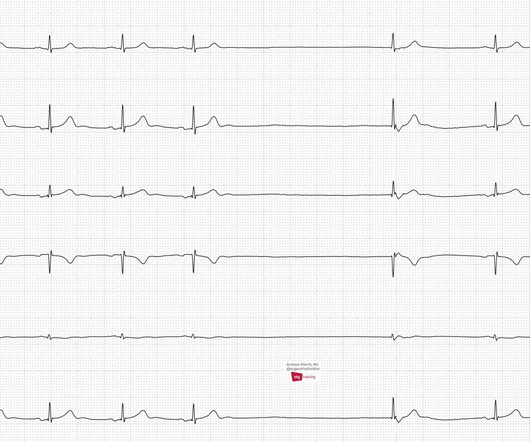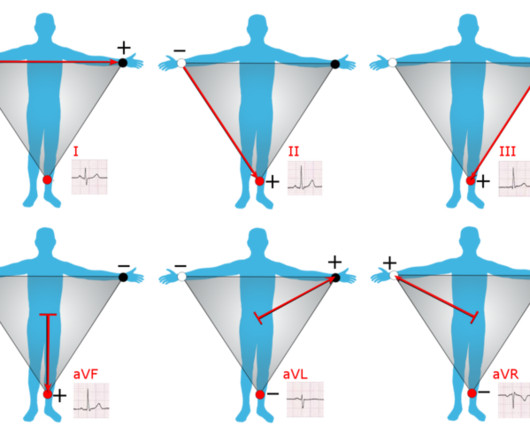OMI Pocket Guide
Dr. Smith's ECG Blog
AUGUST 3, 2023
? OMI Pocket Guide The OMI Pocket Guide ( [link] ) is a user-friendly online resource designed to help healthcare professionals learn how to recognize subtle signs of acute coronary occlusion on the ECG which represent occlusion myocardial infarctions (OMI). Learning to recognize OMIs is an important clinical skill because it helps identify the subpopulation of "NSTEMIs" who are likely to be found with total thrombotic occlusion at the time of cardiac catherization.













Let's personalize your content